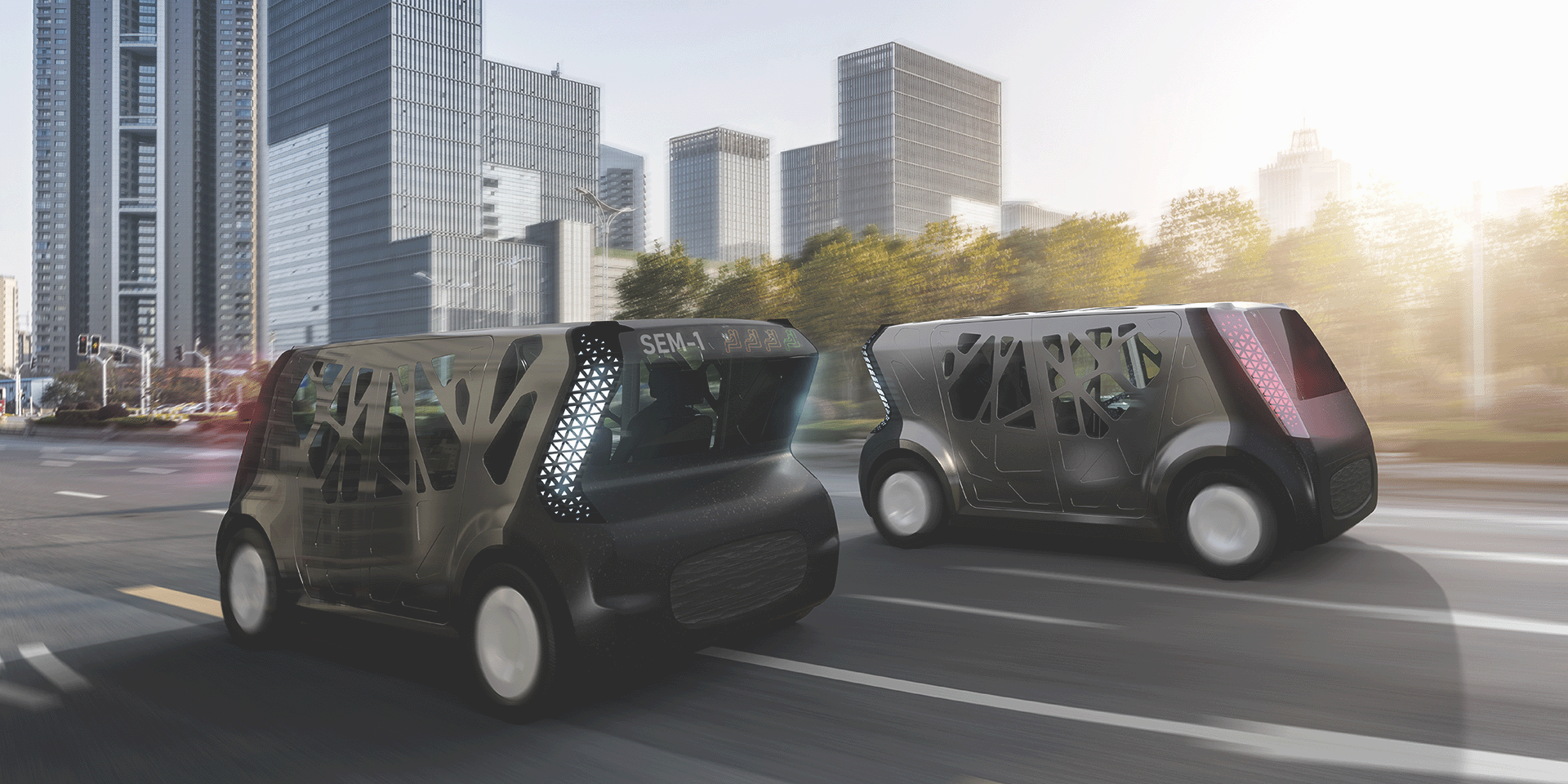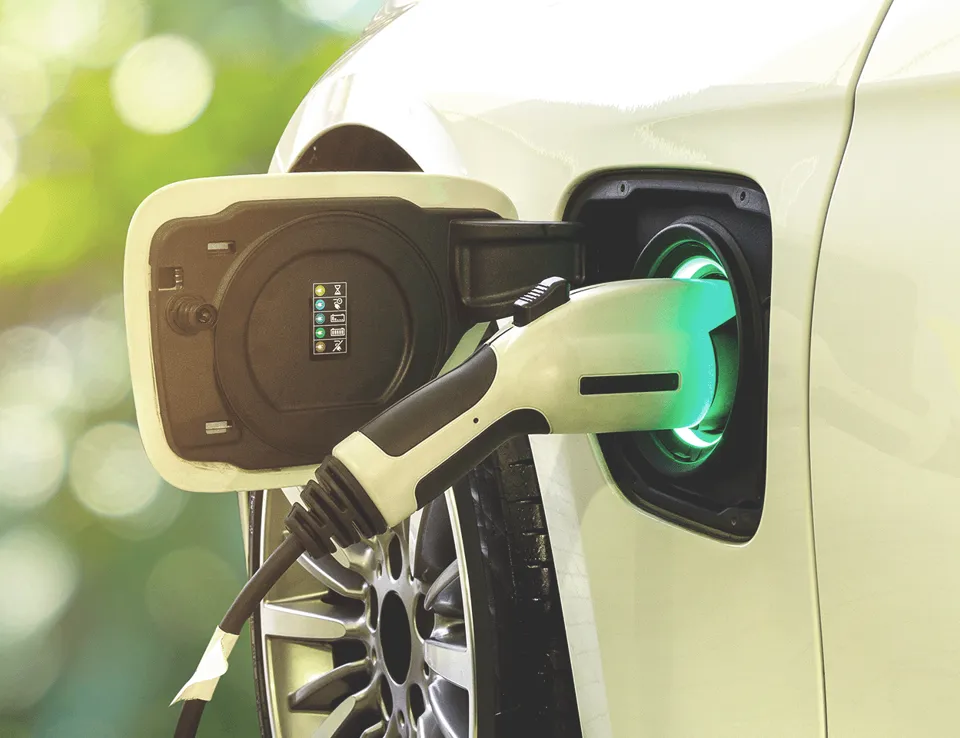
How will the automotive industry change in the next 20 years?
24 Jun 2022
The pace of change in the industry is moving more quickly than it has for many years, with political, economic, social, and technical influences likely to impact project life cycles and investment decisions.
A global requirement to reduce CO2 and local emissions, for urban air quality, are just two of the challenges facing the automotive industry. An emerging social shift in mobility requirements among customers and interest in mobility as a service, resulting in reduced outright car ownership and a change in vehicle styling and usage themes are all also set to influence future car concepts.
Economic factors such as the increased cost of car ownership, due to the new technology required to reduce emissions, is also likely to drive changes in economic models for transportation and increase vehicle uptime.
Furthermore, technological factors are influencing the automotive sector, including increased connectivity through the Internet of Things. A large variety of propulsion systems and challenges, uncertainty around infrastructure and security in energy supply, and the continued use of just in time manufacturing will help shape future product development.
Vehicle Requirements and Ownership
There are several key drivers and enablers that will impact future passenger car design and development, including adherence to CO2 legislation and the requirements to eliminate tailpipe emissions. These alongside European legislation and the move towards the introduction of low emission zones and eventually zero emission zones across towns and cities worldwide will all impact the industry.
Vehicle safety continues to be vitally important – OEMs are being influenced towards zero fatalities in accidents and new legislation covering connected and autonomous vehicles is also being further enhanced, as practical implementation aligns with theory. Alongside the familiar requirements of comfort, driving dynamics, vehicle refinement and reliability, we’re likely to see a switch to higher functionality and convenience in passenger vehicles in the future.
Ownership structures are also likely to evolve considerably over the next 20 years. A move away from the owner driver, or the lease model, towards mobility as a service providers is already being seen in areas of dense population in developed countries. And, as autonomous vehicles become more prevalent, the road and the fuelling infrastructure will change, responding directly to different requirements.
Supporting this change are significant improvements in charging rates and charging structures. Investment in high voltage charging stations, battery swapping technologies, as well as hydrogen capabilities, will all influence mobility in the future.

Vehicle dynamics and passenger ride comfort
The introduction of self-driving, autonomous vehicles will change the requirements and engineering approach to vehicle dynamics. With the elimination of driver controls such as the steering wheel, the vehicle occupant is more removed from the road inputs and journey interactions. The requirements on suspension and steering system design will change because of this. Users and occupants of autonomous vehicles will still expect a high degree of ride comfort and their perception and reaction to road undulations may be heightened in an autonomous driving experience. Future designs of autonomous vehicles must consider this.
Ricardo uses integrated model-based development and system engineering capabilities to allow a full system conception evaluation of vehicles – which supports a fully integrated vehicle architecture.
Future Concepts
Accommodation, usage legislation and energy efficiency are all key drivers that are impacting concept solutions up to 2040. The cabin environment, safety and total cost of ownership are philosophies, whereas objectives are based on both subjective and objective data as concepts are developed.
Future passenger cars are likely to continue to use the conventional architecture of monocoque body structure mounted to a chassis via rigidly connected or isolated subframes. This is a proven approach, enabling good levels of ride comfort, noise and vibration and durability in an efficient, low weight, cost efficient package. The introduction of autonomous vehicles is unlikely to change this approach.
The designs take advantage of the potential removal of driver controls, but also new manufacturing techniques and the possibility of a far larger range of infield configurations and options per vehicle. This gives greater credence to the notion that innovative solutions will increase occupant wellbeing.
Dynamic wireless charging is also a consideration and supports scalable battery capacity. Although there are current challenges to improving battery pack design for thermal runway, by 2030, improved chemistry is expected to be able to provide greater thermal stability, alongside a connected BMS, this will help to control the charging model and improve the life of the battery pack.
Hydrogen is also seen as a potential fuel of the future, however, considerable infrastructure challenges, based on broader social and economic issues could impact its wider usage. A light touch use of other fuel alternatives, such as biofuels, could be seen in areas such as high-performance vehicles, but all are reliant on accessibility to source and could cause costly to implement.
Overall, the automotive sector needs flexibility to respond to infrastructure challenges, and OEMs need to make the most of opportunities as they emerge, supported by legislation, rather than stifled. It’s likely that many concepts will fall by the wayside, proving too costly to implement, but for those that do make it off the drawing board into practical application, an exciting journey lies ahead.
A blog by Neil McGregor, Chief Engineer - Technical Authorities




 Follow Ricardo plc for regular updates
Follow Ricardo plc for regular updates





